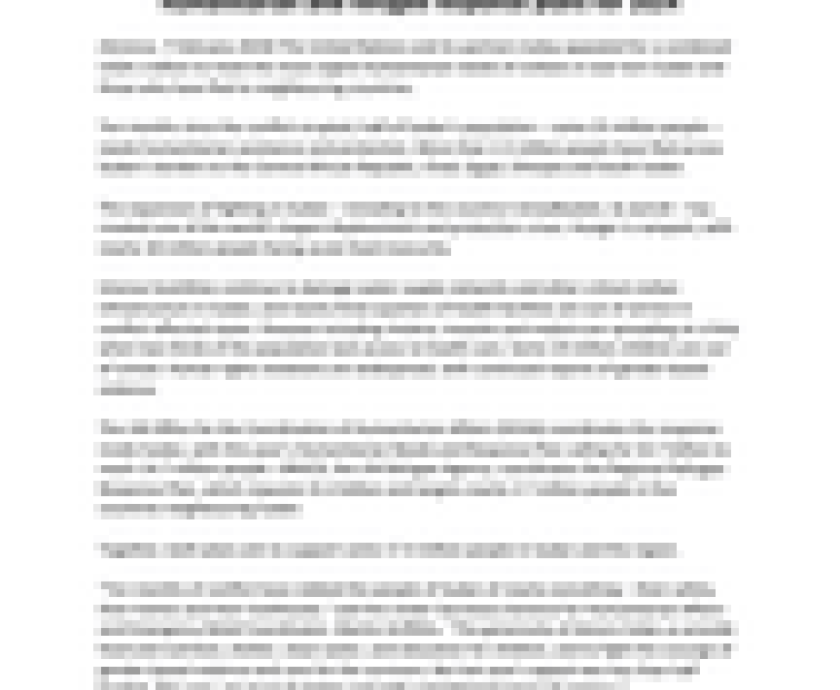Heavy rainfall and flooding have impacted swathes of eastern Africa since July and intensified in October, affecting at least 2.5 million people and causing displacement and loss of property, crops and livestock. The unusually heavy rains have primarily been driven by the Indian Ocean Dipole (IOD), which is in its strongest positive state since 2006, according to the Intergovernmental Authority on Development (IGAD) Climate Centre. In South Sudan, flooding has devastated large areas of the country since July, affecting an estimated 908,000 people, 420,000 of whom are in need of urgent humanitarian assistance. In Ethiopia, an estimated 570,000 people have been affected, including over 202,000 people displaced (the majority of whom are in the Somali region). In Sudan, about 346,300 people were affected by flooding in July and August and rains and stagnant water have driven disease outbreaks, including cholera, dengue Fever, Rift Valley fever (RVF) and chikungunya.
In Somalia, the Juba and Shabelle rivers have overflowed, temporarily displacing more than 334,000 people. In Kenya, riverine and flash floods, mudslides and landslides have affected more than 100,000 people, with Wajir county amongst those hardest-hit. Uganda has also been affected while in Tanzania the death toll from floods has risen to more than 40 people, according to media reports, with Tanga region particularly hit. Across each of these countries, flooding has caused significant infrastructural damage, washing away bridges, damaging roads, inundating crops, killing livestock and flooding homes. Higher than usual rainfall is expected to continue in the region throughout November and December, with persistent risk of floods, according to IGAD. In multiple countries, the floods have compounded the consequences of recurrent drought, violence and conflict, leaving people’s lives and livelihoods upended by multiple shocks.
- +1 (212)-695-1962
- info@cdhrvta.org
- 463 7th Ave, NY 10018, USA



